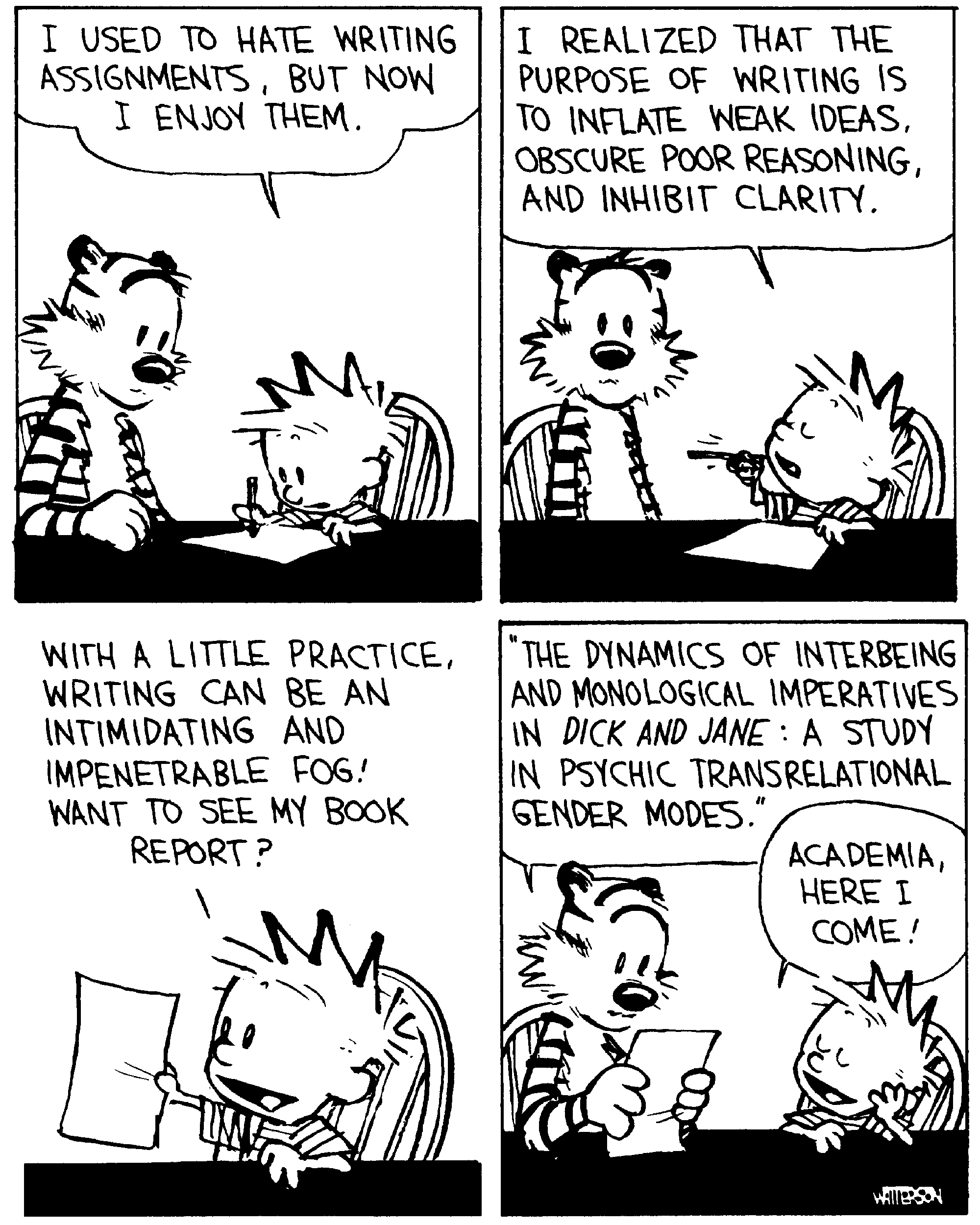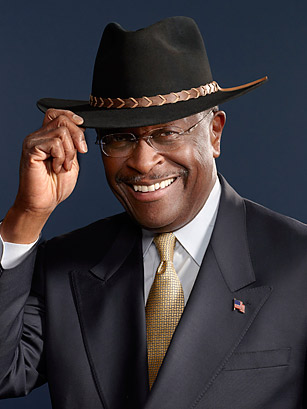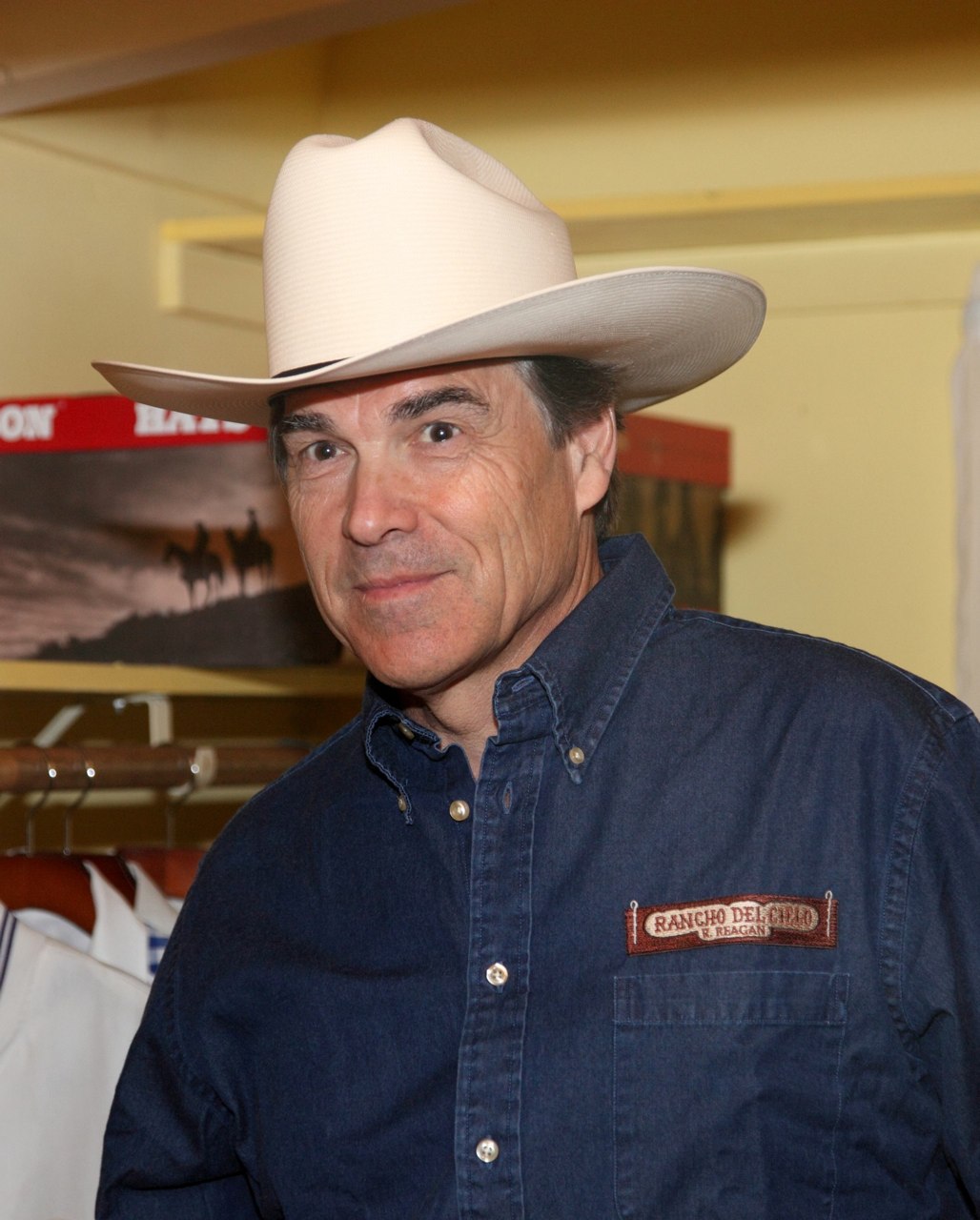
Yet I stalled out around page 225, and I can’t bring myself to pick it up again. Why the sudden change?
It’s not just Harry Dresden I’ve strayed from. A friend put me onto the first Dresden novel back in the spring of 2008, and I read all the series in print as fast as I could. The concept impressed me so much that I started snapping up every author I could: Kat Richardson, Seanan McGuire, Thomas E. Sniegoski, Caitlin Kittredge, Jes Battis. As with any genre, some authors really stunk up the joint. But others were quite smart, inventive, and engaging.
I read my last urban fantasy novel in mid-December 2010. I’d read them at a rate of about four per month for over two-and-a-half years, squeezing them in amid grad school requirements, more sober novels, and other “serious” reading. When I put the last one down, I had over half a dozen waiting for my time. A couple were half-finished, the rest waiting for me to start. And I made a good-faith effort to start. Believe me, I tried.
 Maybe I burned myself out. If I overloaded on urban fantasy, I have no one but myself to blame. But considering what a glut these hard-boiled fantasies have been on the market recently, why hasn’t the entire genre burned out? Is there no critical mass beyond which readers cannot handle the saturation? Evidently not.
Maybe I burned myself out. If I overloaded on urban fantasy, I have no one but myself to blame. But considering what a glut these hard-boiled fantasies have been on the market recently, why hasn’t the entire genre burned out? Is there no critical mass beyond which readers cannot handle the saturation? Evidently not.The problem must be me.
Publishers crank these books out so rapidly that the authors have little time to finish one before they must start the next. These companies, many of which began as labors of love by small entrepreneurs who expected only minimal returns, are now owned by multinational conglomerates. And their corporate overlords demand such extravagant returns that international drug lords would blush.
But we can’t blame publishers alone. Sure, they demand ceaseless reiterations of what they already know the market will bear, but that market consists of real humans who buy books. If authors have become factory hands, assembling uniformly predictable product, surely they do so because they know readers will buy it. Inoffensive blandness may curl my hair, but it also ensures a bottomless revenue stream.
Yet people like urban fantasy because it contains at least the germs of an older fantastic form—which is far from safe. As Richard Mathews asserts in Fantasy: The Liberation of Imagination, fantasy’s founding myth-makers knew their greatest popularity when their work was at its most unsettling. Consider the conflict between the secularist William Morris and the Christian George MacDonald.
 Even better, consider the writers who brought the genre to maturity in the 20th Century. Writers like Robert E. Howard, whose classic Conan lashes out against metaphorical agents of the Gilded Age. Writers like JRR Tolkien, whose best works reflect trench soldiers’ fears in World War I. Writers like Lloyd Alexander, who discovered the timelessness of Welsh myth while facing life’s transience during World War II.
Even better, consider the writers who brought the genre to maturity in the 20th Century. Writers like Robert E. Howard, whose classic Conan lashes out against metaphorical agents of the Gilded Age. Writers like JRR Tolkien, whose best works reflect trench soldiers’ fears in World War I. Writers like Lloyd Alexander, who discovered the timelessness of Welsh myth while facing life’s transience during World War II.The best fantasy is often mischaracterized as bucolic, when at root, it’s profoundly unsettling. It deals head-on with life’s finitude in ways that “realistic” fiction cannot. Like all good literature, good fantasy is slightly threatening. But too many readers want to be soothed like kittens. And paperback publishers, like candy makers, sell anything their customers buy, even if it’s bad for them.
Perhaps I’m the outsider, because I like challenges. As I've said before, I want reading fantasy to be like visiting a foreign country, getting lost on unfamiliar streets, and trying to order coffee in a strange language. Plenty of fantasy still provides that. And while Jim Butcher’s Harry Dresden may lack the epic magnitude of Howard’s Conan or Tolkien’s Aragorn, he at least challenges me from time to time.
But those challenges now come too infrequently. I want authors to push themselves harder, so they can push me harder. I want them to take me farther. I want to continue growing. The current crop of paperback writers, including Jim Butcher, just don’t offer that. And Butcher’s newest sits on my bedside table, months later, still unfinished.




 Graham also speaks to the young, from multiple angles. Adult children of the aged have something to learn from their parents, and they have something to give as well. The young deserve the lessons of the aged, but they also have the privilege of offering their clear-eyed vigor to those who need assistance. The partnership of the young and the old, often attested in Scripture but too rare today, is dear to Graham’s heart.
Graham also speaks to the young, from multiple angles. Adult children of the aged have something to learn from their parents, and they have something to give as well. The young deserve the lessons of the aged, but they also have the privilege of offering their clear-eyed vigor to those who need assistance. The partnership of the young and the old, often attested in Scripture but too rare today, is dear to Graham’s heart.
 Consider all the church cookbooks or school histories you’ve bought from fundraisers. Consider the cockeyed prose, misplaced photos, and flimsy binding. That’s because the producers didn’t think of themselves as publishers. But Friedlander believes that every church circle or PTA committee could make themselves into the hometown Rachael Ray or David McCullough if they just took themselves seriously enough.
Consider all the church cookbooks or school histories you’ve bought from fundraisers. Consider the cockeyed prose, misplaced photos, and flimsy binding. That’s because the producers didn’t think of themselves as publishers. But Friedlander believes that every church circle or PTA committee could make themselves into the hometown Rachael Ray or David McCullough if they just took themselves seriously enough. I’ve grown accustomed, when my factory colleagues discover that I still teach English part time, to the reflexive revulsion they express. Plenty of people dislike English as a discipline. Many of my students make no bones about the fact that they consider my class a nuisance they must endure to reach the major courses they really want. More than one of my co-workers admit that their inability to savvy English class kept them from getting into college.
I’ve grown accustomed, when my factory colleagues discover that I still teach English part time, to the reflexive revulsion they express. Plenty of people dislike English as a discipline. Many of my students make no bones about the fact that they consider my class a nuisance they must endure to reach the major courses they really want. More than one of my co-workers admit that their inability to savvy English class kept them from getting into college. More likely, students stumble on the highly artificial act of “writing a paper.” This act bears little resemblance to any form of technical, scholarly, or aesthetic writing performed by working writers. Comparing the writing done in most classrooms with most novelists, critics, and other people who make their living arranging words on paper, my students might be astonished by how little the two processes have in common.
More likely, students stumble on the highly artificial act of “writing a paper.” This act bears little resemblance to any form of technical, scholarly, or aesthetic writing performed by working writers. Comparing the writing done in most classrooms with most novelists, critics, and other people who make their living arranging words on paper, my students might be astonished by how little the two processes have in common.
 Sarah has recently taken to watching those home shows on cable TV. The HGTV network is dominated by two kinds of programs. On the one hand, shows like House Hunters and Property Virgins show people trying to come into possession of houses. On the other, shows like Bath Crashers and Design on a Dime let people who already own houses remake them in a newer, hipper image. A few shows, like Property Brothers, straddle the line and do both.
Sarah has recently taken to watching those home shows on cable TV. The HGTV network is dominated by two kinds of programs. On the one hand, shows like House Hunters and Property Virgins show people trying to come into possession of houses. On the other, shows like Bath Crashers and Design on a Dime let people who already own houses remake them in a newer, hipper image. A few shows, like Property Brothers, straddle the line and do both. Watching Alexis Carrington devise small-minded plots to seize the family fortune may seem like an odd way to sell ad space. Yet Joan Collins’ undisputed glamour also made people hungry for Dior and Versace in their own closets. A decade later, Ross and Rachel may have lacked Alexis’ splendor, but they convinced audiences that their lives were incomplete until they owned suede living room sets and could spend copious free hours lounging at the coffee shop.
Watching Alexis Carrington devise small-minded plots to seize the family fortune may seem like an odd way to sell ad space. Yet Joan Collins’ undisputed glamour also made people hungry for Dior and Versace in their own closets. A decade later, Ross and Rachel may have lacked Alexis’ splendor, but they convinced audiences that their lives were incomplete until they owned suede living room sets and could spend copious free hours lounging at the coffee shop. “It’s a British mystery. Well, British-style.”
“It’s a British mystery. Well, British-style.” The Occupy Wall Street protesters have repeatedly decried financiers who use rubber math to enrich themselves without producing goods. Short-selling commodity futures and leveraging one fictional financial instrument against another, and gambling on which will crumble first, have made a self-selecting elite appallingly wealthy. Meanwhile, people who produce marketable goods have seen little wage movement in nearly two generations.
The Occupy Wall Street protesters have repeatedly decried financiers who use rubber math to enrich themselves without producing goods. Short-selling commodity futures and leveraging one fictional financial instrument against another, and gambling on which will crumble first, have made a self-selecting elite appallingly wealthy. Meanwhile, people who produce marketable goods have seen little wage movement in nearly two generations. David Remnick’s commentary in this week’s New Yorker,
David Remnick’s commentary in this week’s New Yorker,  We saw this play out in the 2004 Presidential election, when liberals and conservatives lined up like cattle in a chute behind their respective major party candidates. As Edward Herman and Noam Chomsky assert in
We saw this play out in the 2004 Presidential election, when liberals and conservatives lined up like cattle in a chute behind their respective major party candidates. As Edward Herman and Noam Chomsky assert in  Instead, perhaps we should change our voting rules. As governor of California, Arnold Schwarzenegger impressed me seldom, but one (failed) proposal garnered my support. By requiring Congressional, Senate, and State Assembly candidates run in non-partisan primaries, and the top two candidates regardless of party face each other in the general election, he the system could discourage actively pandering to the extremes. This would engage independents, centrists, and single-issue voters in a way they aren’t now.
Instead, perhaps we should change our voting rules. As governor of California, Arnold Schwarzenegger impressed me seldom, but one (failed) proposal garnered my support. By requiring Congressional, Senate, and State Assembly candidates run in non-partisan primaries, and the top two candidates regardless of party face each other in the general election, he the system could discourage actively pandering to the extremes. This would engage independents, centrists, and single-issue voters in a way they aren’t now.


 For all their differences, though, demand creators share an ethic of recognizing their customers as real people with real needs. Even non-profits like Teach For America or the Seattle Opera recognize their audiences, in very real ways, as customers. The institutions have something people need—such as education or culture—and their first responsibility is to match their product with others’ needs.
For all their differences, though, demand creators share an ethic of recognizing their customers as real people with real needs. Even non-profits like Teach For America or the Seattle Opera recognize their audiences, in very real ways, as customers. The institutions have something people need—such as education or culture—and their first responsibility is to match their product with others’ needs.